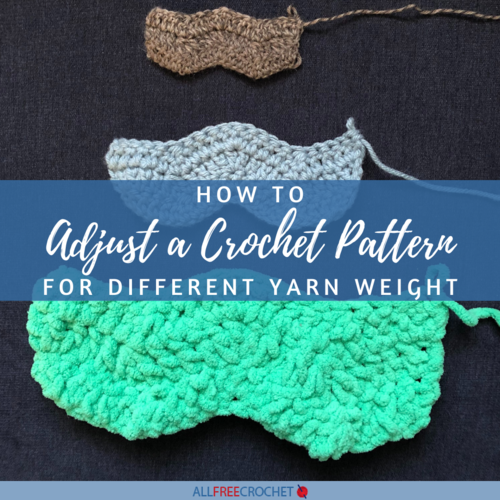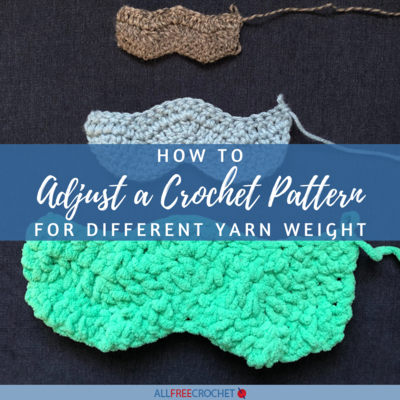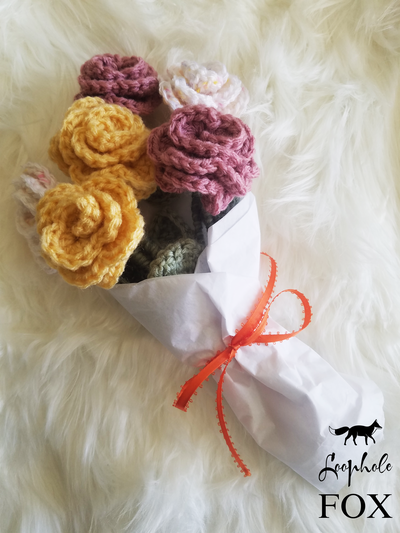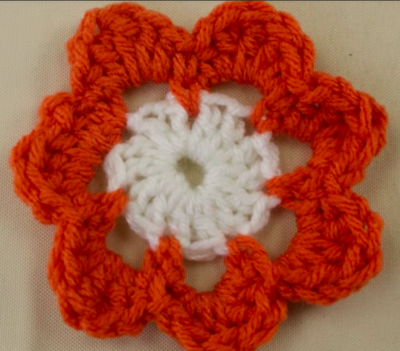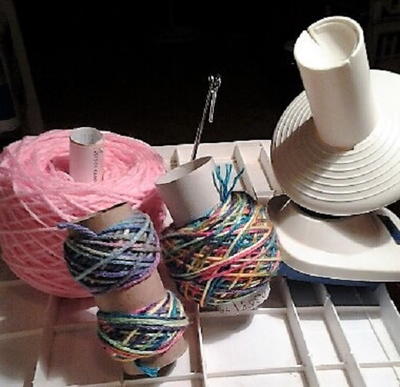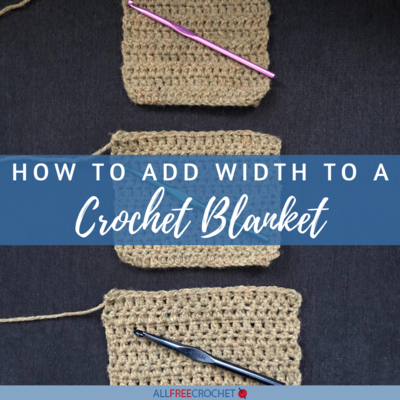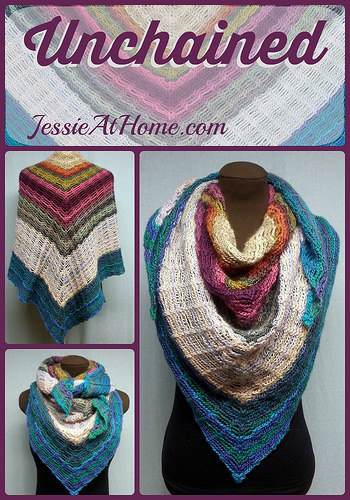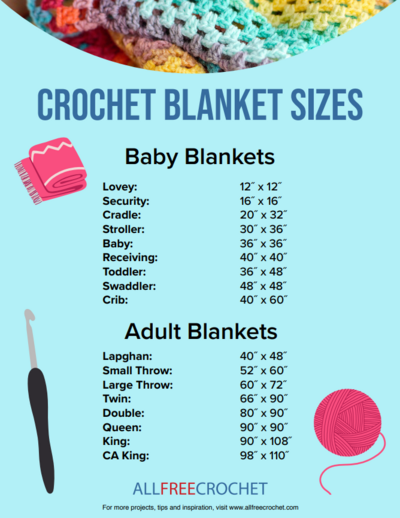How to Adjust a Crochet Pattern for Different Yarn Weight
Changing yarn weight in a crochet pattern can cause problems. Before you do it, read our guide to help you plan!
So, you've found the perfect pattern that you want to crochet, but there is one small hitch holding you back. The yarn specified in the pattern. There can be numerous reasons why you may not want to use the specified yarn.
Maybe it's not available in your area, you don't like the colors it comes in, the fiber it's made of, or maybe you want to use the item for another season (i.e. a scarf for the spring, not winter or vice versa). Whatever the case may be all is not lost.
With this page, How to Adjust a Crochet Pattern for Different Yarn Weight, you will learn how you can adapt that pattern for a different yarn, or as we will discuss in depth below, a different yarn weight.
Substituting yarn of a different weight is possible but it does take planning. There are other factors to consider as well, such as the size of the crochet hook and how tight you crochet. That's why we have a few extra resources to help you right below. Then scroll to learn about changing yarn weights for specific patterns.
Sign Up For More Free Guides and Patterns >>>
But First: Resources for Crocheters
If you're a beginner or unsure about certain techniques, learn the details you need to know for mastering crochet basics. These resources cover everything from choosing yarn to figuring out why your gauge swatch isn't matching the pattern.
- Best Yarn for Crochet
- Types of Yarn + Weights
- How Much Yarn Do I Need?
- What is Gauge in Crochet?
- Understanding Yarn Substitutions
- How Tight Should My Stitches Be?
- Do's and Don'ts of Crochet
- How to Care for Crochet Items
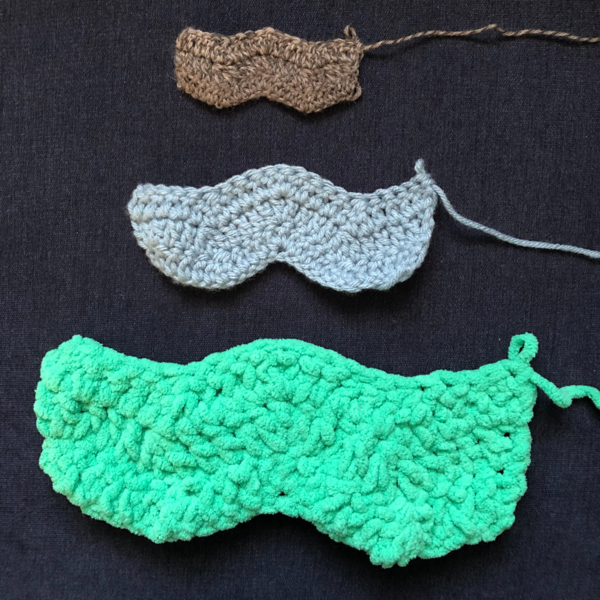
Different Yarn Weights
First, let's go over yarn weights. Yarn comes in seven different weights, simply labeled 1 (superfine) thru 7 (jumbo). Below is a breakdown of the weights and what they're ideally used for.
1 – Superfine: Ideal for socks and shawls
2 – Fine: Good for baby items and light sweaters
3 – Light: Good for garments and accessories
4 – Medium: Versatile weight for numerous projects
5 – Bulky: Good for sweaters and afghans
6 – Super Bulky: Also good for sweaters and afghans
7 – Jumbo: Afghans and accent pieces
Below, you can see part of our yarn weights chart. Click on it to learn more and download or click the button below the chart to download the full chart directly to your computer!

Tips for Adjusting Crochet Patterns for Different Yarn Weights
Now, I wouldn't suggest swapping a jumbo yarn for a superfine one, or vice versa, but you could easily swap a light or medium for bulky or super bulky.
When thinking of switching the yarn weight the first thing to consider is what you want your final project to look like. Changing the yarn weight can alter the final look of your project tremendously.
Some patterns look better crocheted in a finer yarn because the stitch pattern is more visible. And let's say you did opt to swap a jumbo for a superfine (or vice versa) you would either have to buy a lot more or less yarn or completely alter what you want to make.
Maybe a scarf instead of a blanket. Sometimes you are fonder of what the stitch pattern looks (i.e. a basketweave, tulip, windowpane, etc.) than you are of the final product.
Changing Yarn Weights: What Kind of Projects?
Ideally, when swapping yarn weight, you should stick with patterns that lay flat. For example, blankets, scarves, dishcloths/washcloths, table runners, placemats, and so forth. When working with flat patterns it's easier to adjust the gauge and stitch count.
Also, it's best to work with patterns that give you a breakdown of the stitch count. In other words, you will see in some patterns that they will tell you that the pattern is created by starting a foundation chain with a multiple of a specific number plus x amount of stitches.
This makes it a lot easier to adjust the pattern. Because yes, you will definitely need to adjust the pattern to accommodate more or fewer stitches to create your item. If the pattern you want to work with doesn't provide that information you could determine that for yourself.
The easiest way is to create a long foundation chain and then work the pattern. Do this using the yarn and crochet hook you intend to use, this way you can get an idea of what the pattern will look like with the yarn.
You may discover that you will need to use a smaller or larger crochet hook than the one designated for the yarn to get the look you want.
Adjust Crochet Pattern for Different Yarn Weight: Ripple Stitch Example
Below are pictures showing how using a different yarn for the same pattern can alter the look and size greatly. For each of these, a ripple stitch pattern was followed.
Starting with a foundation chain of 24 the ripple pattern was worked over three rows. The stitch pattern was from a baby blanket that required a foundation chain of 134 stitches.
Now, I didn't want to create such a large chain to show you the difference in using different yarns, so, I did what I mentioned earlier.
I made a chain of 50 with one of the yarns and worked the pattern and once I saw the ripple form, I was able to determine that the pattern required a multiple of 10 plus 4.
Adjusting Yarn Weight for the Ripple Stitch: Superfine Yarn Example
This sample was made using a superfine yarn that's meant for socks. Following the pattern using this yarn wouldn't be the best choice to make a blanket but would be nice for a lightweight scarf. If this yarn was cotton (it's a wool/nylon blend), it would also be great for a washcloth, dishcloth, or maybe a potholder.
That's something else to consider when working with a different yarn weight. The fiber that the yarn is made of. Cotton will produce an item that is sturdier and can withstand daily use, while a thin wool/nylon blend will produce something that's more decorative and lightweight.
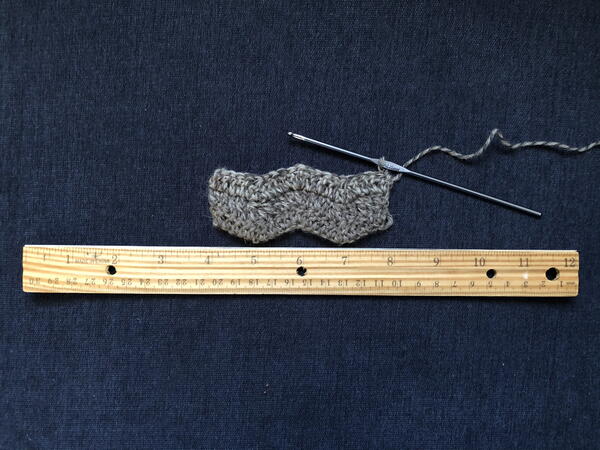
Adjusting Yarn Weight for the Ripple Stitch: Medium Weight Yarn Example
Next up, a medium weight yarn that is acrylic. It may be hard to believe but the below sample was made following the exact same pattern to create the sample with the superfine yarn. A foundation chain of 24 and the ripple pattern worked over three rows.
Medium weight yarn is definitely the most versatile. You can use it for blankets (adult and baby), scarves, and for items around the house.
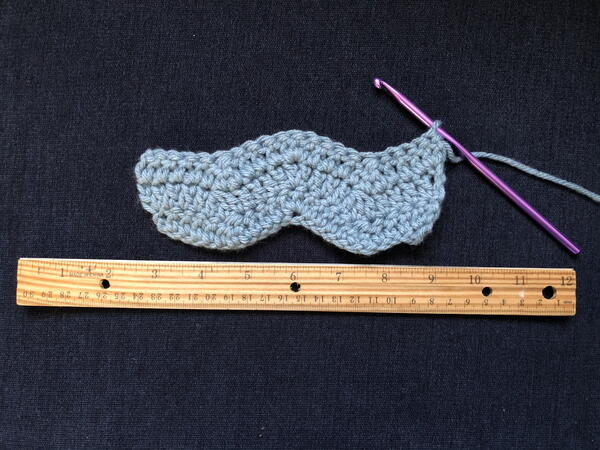
Adjusting Yarn Weight for the Ripple Stitch: Super Bulky Yarn Example
And finally, a super bulky yarn was used to create this last sample. As you can see, while the ripple itself is noticeable you are not able to distinguish the stitches as well.
This is an example where you would have to go up a crochet hook size so that your stitches would look a little cleaner. Using this yarn weight and pattern would be perfect for a cozy and warm afghan.

How Much Yarn is Needed When Adjusting Yarn Weights for a Pattern?
Finally, you are going to have to determine how much yarn you will need. If you are going up in yarn weight you will need less yarn and if you are going down in yarn weight you will need more yarn, as evident in the pictures above.
There are quite a few ways to calculate yarn yardage. Some people use a kitchen scale to weigh the yarn and others go by making a gauge swatch. This really comes down to your preference.
Read NextCrochet Blanket Sizes Chart

